Allograft Storage Temperature Log


How it works
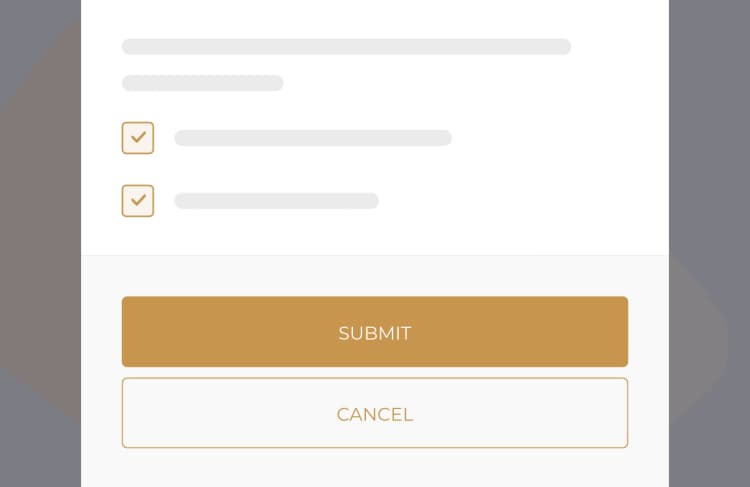

Frequently asked questions
It is essential to fill out the log in order to guarantee that allografts are kept at the correct temperature to preserve their quality, avoid any risk of contamination, and meet regulatory standards.
Find the daily Allograft Storage Temperature Log template on the PreferredMD portal. You have the option to scan the specific QR code or find it in the Facility Documents section. Make sure to document the present storage temperature of the allograft, highlighting any variances from the approved range. Once you have entered all necessary details, submit the log accordingly.
To make changes to the daily Allograft Storage Temperature Log using your smartphone, simply access the PreferredMD mobile app or mobile site. Locate the particular log you wish to modify within the Facility Documents or Logs section. Once found, proceed to make the required adjustments. Remember to save the updated log before you leave the app or site.
To record the daily Allograft Storage Temperature Log on your Android device, you can either launch the PreferredMD app or go to their website. You can access the log template by scanning the QR code or navigating to the Facility Documents menu. Make sure to enter the current temperature readings and any additional observations in the necessary fields, and once you're done, simply submit the log.
Staff members in charge of overseeing the storage conditions of allografts, including laboratory technicians and storage facility supervisors, must complete the daily Allograft Storage Temperature Log.
Healthcare institutions, tissue repositories, and research facilities that house allografts must utilize the daily Allograft Storage Temperature Log in order to adhere to regulatory requirements and uphold optimal storage conditions.
The responsibility of completing the daily Allograft Storage Temperature Log falls upon specific individuals within the organization. These individuals may include storage facility managers, quality control personnel, or lab technicians. It is their designated duty to ensure accurate and timely recording of the storage temperature for allografts.
An daily Allograft Storage Temperature Log is a crucial tool that is utilized to document and oversee the temperature levels of stored allografts. This is done to guarantee that the allografts are maintained within the necessary temperature range to uphold safety standards and regulatory compliance.
The log must contain the exact date and time when the temperature was recorded, the detailed temperature readings, the name of the individual who conducted the check, as well as any deviations or corrective measures that were documented.
Consequences for delays in finishing the project could involve monetary penalties, citations for not following regulations, or various disciplinary measures determined by the governing body overseeing the facility's activities.
The daily Allograft Storage Temperature Log needs to be filled out based on the specific intervals outlined in the facility's compliance guidelines. These intervals could vary and may require completion on a daily, weekly, or as per the storage policy requirements.
The log is finalized to guarantee that all allografts are kept in ideal conditions, preventing any spoilage or deterioration, and adhering to the regulatory guidelines for tissue storage.
A data logger is a sophisticated electronic device designed to autonomously capture and store temperature data at regular intervals. This innovative tool is particularly useful in the healthcare industry, where it can be employed to constantly monitor and record the storage temperatures of allografts, ensuring their optimal preservation.
The list of tasks to be completed may encompass a range of activities related to temperature monitoring. These activities may involve confirming the accuracy of the calibration of the temperature monitoring equipment, meticulously noting down temperature readings, diligently inspecting for any deviations from the desired range, meticulously documenting any necessary corrective actions, and ensuring that the log is properly signed and dated by the individual responsible for the task.
The guidelines encompass a series of important steps to ensure temperature control. These steps involve conducting regular temperature checks at predetermined intervals using properly calibrated instruments. Any deviations from the acceptable temperature range must be promptly addressed to maintain optimal conditions. Additionally, it is crucial to meticulously document all temperature readings and actions taken to ensure accurate record-keeping.
To ensure accurate temperature monitoring, it is essential to have the right equipment on hand. This includes calibrated thermometers or temperature sensors, data loggers, and, if you are utilizing the PreferredMD system to access the log template, a QR code scanner. These tools work together seamlessly to provide precise temperature readings and streamline the data collection process. By having these equipment readily available, you can maintain optimal temperature control and ensure the safety and quality of your products.
You have the option to complete the log on the PreferredMD platform, which is available on desktop, tablet, or smartphone. The logs are easily accessible either through the Facility Documents section or by scanning the designated QR code at the location.
Of course! You can easily edit the log on your Android device by accessing the PreferredMD app or mobile site. Simply find the specific log you want to modify, make the necessary changes, and remember to save the updated log to ensure your modifications are saved.
To store allografts properly, a temperature log must be maintained to monitor and record conditions regularly. This log ensures compliance with storage guidelines and helps healthcare professionals guarantee the safety and integrity of the allografts. By documenting temperature fluctuations diligently, the risk of damage or compromise to the allografts is minimized, ensuring their viability for transplantation.
Consider the accuracy of your temperature measurements, the calibration of your recording devices, timely completion and submission of the log, and adherence to regulatory requirements.
PreferredMD makes compliance logging simple and paperless
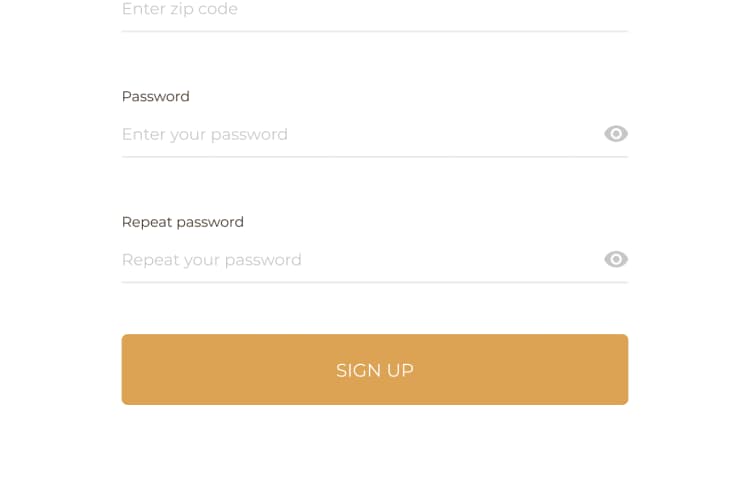
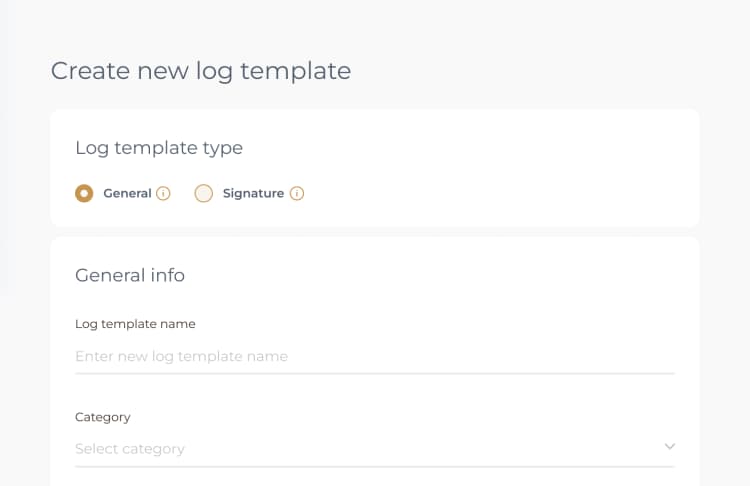
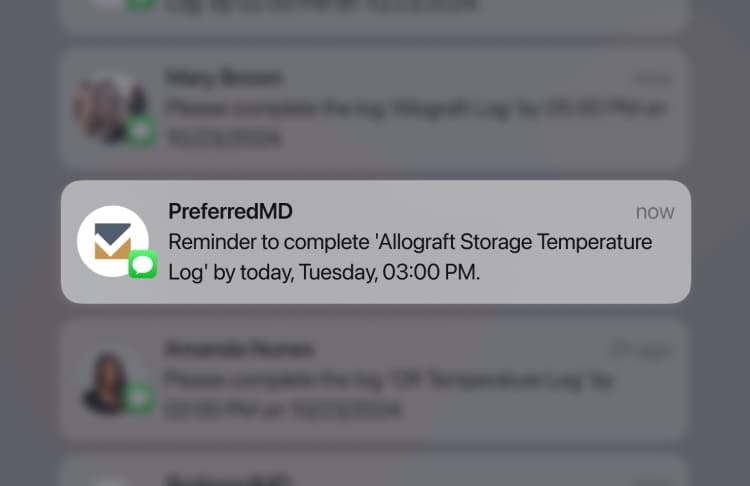
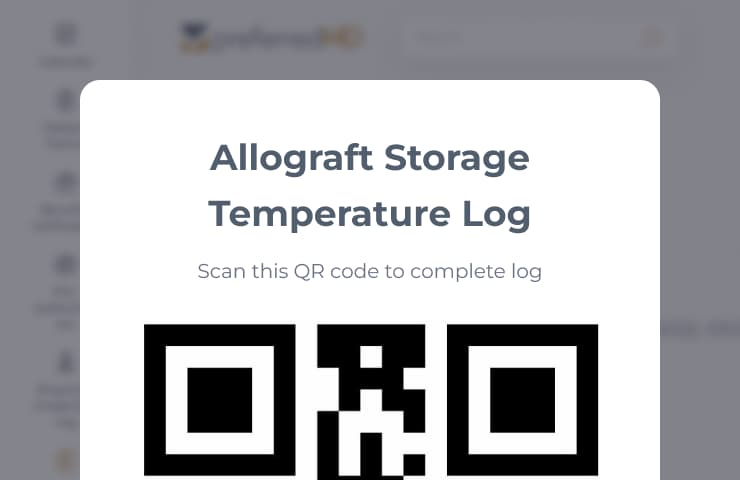
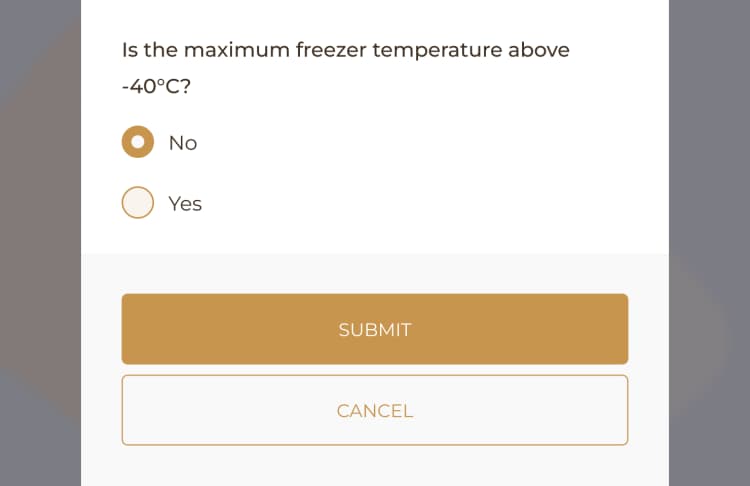
![[object Object]](/_next/image?url=https%3A%2F%2Fpreferredmd.io%2Fimages%2Flog-template%2Flogs-dashboard.webp&w=750&q=75)
Get the
Open log templateRequest a demo and start your paperless journey
Schedule a demo
